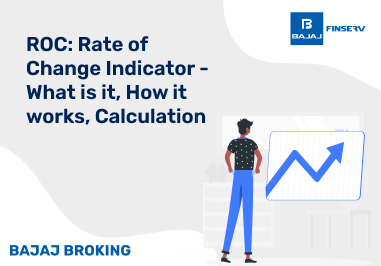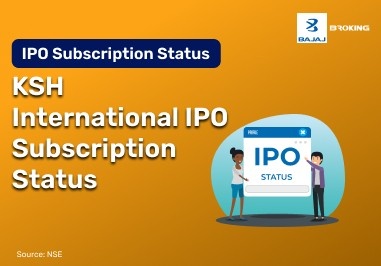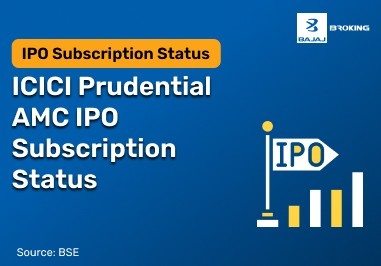A swap is a financial agreement between two parties to exchange cash flows to meet specific needs. Its main purpose is risk management, helping protect against market fluctuations such as changes in interest rates or currency values, without requiring the sale of underlying assets.
Swaps belong to the category of forward claims, which also include futures and forward contracts. They are widely used in corporate finance and investment strategies, as they allow organisations to adjust exposure and manage potential losses effectively. By tailoring financial commitments, swaps offer flexibility and strategic benefits for businesses in dynamic markets.
What are Swaps Derivatives?
In a swap trade, two people agree to trade cash flows from different financial instruments. These trades are predicated on a notional principal amount, like the value of a loan, which is never really traded.
One party's cash flow is usually set, whereas the other party's cash flow is variable and based on something like a currency exchange rate or a floating interest rate. This lets each side swap a financial risk they don't want for one they do want.
At the beginning of the contract, at least one of these cash flows is linked to something that is not guaranteed. This makes swaps a flexible way to deal with the financial risks that come with these unpredictable market events.
How Do Swap Derivatives Work?
Swap derivatives are contracts that are made to order and traded over the counter (OTC). They let two parties trade cash flows or debts to deal with certain financial risks.
Definition: A swap is an agreement to trade one stream of future cash flows for another. For instance, exchanging a fixed interest rate payment stream for one that changes.
Types: Interest rate swaps, currency swaps, and commodity swaps are all common varieties. Each one is meant to protect against a particular form of market risk.
Purpose: The main purposes are to lower risk, get better financing rates than would normally be available, or bet on how the market would go.
Mechanism: The contract says what the notional principal is, how often payments are due, how long they will last, and what the benchmark index is for any variable payments.
Settlement: Payments are made on a regular basis. Usually, one side merely pays the other the net difference between the two cash flow values.
In a swap trade, two people agree to trade their cash flows. Individual investors can't easily get these contracts since they aren't standardised and don't trade on public exchanges.
Instead, swaps are agreements made outside of the market. They are arranged in secret and tailored to the demands of the firms and banks that are participating in the trade.
Swaps have counterparty risk since they are private transactions. This is the danger that one of the people in the agreement won't pay what they owe, which might cost the other person money.
Also Read: What Is Intrinsic Value?
Types of Swaps
1. Interest Rate Swaps
A typical sort of interest rate swap is when one party gives up its fixed-rate interest payments in exchange for the other party's floating-rate payments. This helps businesses deal with changing interest rates, and central banks even utilise it to keep foreign currency reserves stable during times of financial trouble.
2. Currency Swaps
In a currency swap, two people trade the principal and interest payments on a loan that is in two distinct currencies. In contrast to an interest rate swap, the principal amounts are frequently physically transferred at the start and conclusion of the contract.
3. Total Returns Swaps
A total return swap lets one person trade the complete return (capital gains and any income) on an asset, such as a stock or an index, for a specified interest rate payment. This enables an investor to see how an asset is doing without having to buy it.
4. Commodity Swaps
People utilise commodity swaps to protect themselves from changes in the prices of goods. For instance, an airline may use a swap to lock in a certain price for jet fuel so that it doesn't have to worry about the price of oil going up. This helps companies keep their expenditures down and their earnings steady.
5. Debt-Equity Swaps
A debt-equity swap is a way to restructure a company's finances by trading its debt for its equity. A corporation could modify its capital structure by giving its bondholders equity in exchange for eliminating the debt.
6. Credit Default Swaps (CDS)
A Credit Default Swap (CDS) is like an insurance policy for a loan or bond. The buyer of the CDS pays the seller on a monthly basis. If a third-party borrower doesn't pay back their obligation, the seller agrees to pay out.
Benefits and Risks Associated with Swaps Derivatives
Benefits:
Protection: Swaps derivatives are important for keeping yourself safe from financial risks like changing currency or interest rates.
Customisation: The main benefit of customisation is that contracts can be made to fit the needs of the people involved.
Financing rates: Companies can also get better loan rates through swaps than they could get on their own.
Leverage: Traders can make big bets with a small amount of money up front with swaps.
Risks:
Counterparty Risk: Because swaps are private deals, one side might not be able to follow through on their end of the deal.
Market Risk: Changes in interest rates, currency rates, or other market conditions might lower the value of a swap, which could lead to losses. Any financial tool that is linked to changing market conditions carries this risk.
Liquidity Risk: Some custom swaps might be hard to get out of or sell before they run out.
Complexity: If you don't fully understand swaps, they could cost you a lot of money.
In Summary
A swap is a type of derivative contract in which two people agree to trade the cash flows or value of two different assets. For instance, a business that pays a variable interest rate on a loan can trade it with someone else for a fixed rate. Swaps are flexible instruments that may be used to handle a wide range of financial risks, such as changes in interest rates and the chance that bonds would default on their payments.














